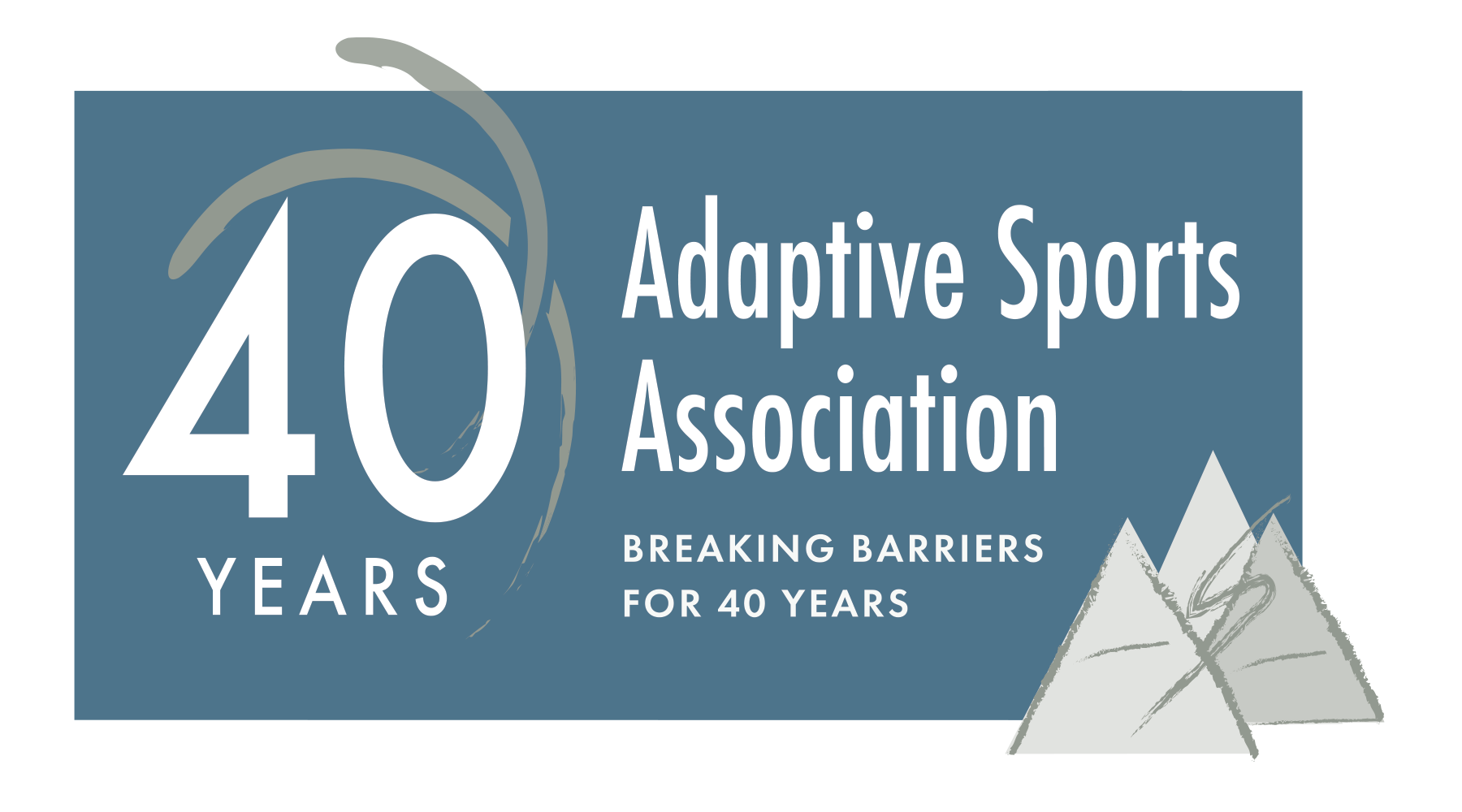Published in the Durango Herald August 25, 2014
A toddler dropping a coin in a Salvation Army bucket …
A volunteer giving time and expertise …
A retiree writing a check with several zeros on it for a favorite cause …
A business, supporting the arts, education, and 4-H kids at the livestock auction at the county fair …
A foundation distributing funds from an endowment to a nonprofit in a community across the state …
Nonprofits run on volunteers, staff and donors. Donors come in all shapes, sizes and from all economic backgrounds.
Here is what several different donors and volunteers say about being involved in La Plata County’s nonprofit world:
Q: Why should people get involved in philanthropy?
A: “I was fortunate to be able to get a good education and live in a country and society where I could make something of myself,” said Terry Bacon, former president of the board of Music in the Mountains and the Fort Lewis College Foundation and current co-chairman of the Science, Theater, Education, Arts and Music Park Project to build a new performing arts and science center along the Animas River. “I’ve always felt a moral obligation to give to the community I live in. Our communities nourish us, and we, in turn, need to nourish them.”
A: “The more you give, the more you get,” Molly Martin said. A founder of the Community Foundation Serving Southwest Colorado, she and her husband, Gregg, established the first $1 million family fund with the foundation after he sold his business. “When we started the foundation (circa 1997), I had no money to give, just volunteer time. We opened our fund with the minimum amount ($10,000) and just kept adding. We have a true love of our community, and we feel like the luckiest people to live here.”
A: “It’s good for your health to give,” said Karen Midkiff, chief development officer of Mercy Health Foundation, handing over an article from the Cleveland Clinic’s Health Hub with research results. “It’s good for your blood pressure, it lowers stress and it makes you feel happier and live longer…”
Q: How do you choose where to give money?
A: “I’m grateful to Yale for a great education,” John Anderson said. “But it has a large endowment already, so we decided to give to Fort Lewis College because we have a deep, fundamental belief in education, and we want to give here.”
He and Cissy created an Anderson Family Scholarship at Fort Lewis College, directed to be given to a first-generation college student from La Plata County. They were particularly pleased recently when their daughter-in-law’s company gave her $250 to give to the charity of her choice, and she chose the family scholarship.
“There are some we support every year because nonprofits need to be able to count on donors,” Cissy Anderson said. “Like the Boys & Girls Club. Our children had the advantage of good health care and lots of educational opportunities, but not all kids do. Planned Parenthood, of course, health events like the 9Health Fair, the (Durango) Arts Center – we also really love the arts, and that was one thing we were looking for when we were looking for a place to retire. But we try to keep some flexibility for things like Hurricane Katrina or the earthquake in Haiti.”
A: “Kids are my passion, so anything I can do to boost kids,” Martin said. “Gregg and Dennis (her son) are big outdoors guys, so Trails 2000 and Adaptive Sports Association. My daughter, Bridget, is old enough to have had friends go in the military, and they weren’t the same when they came home, so she’s a big supporter of the Wounded Warrior Project…”


